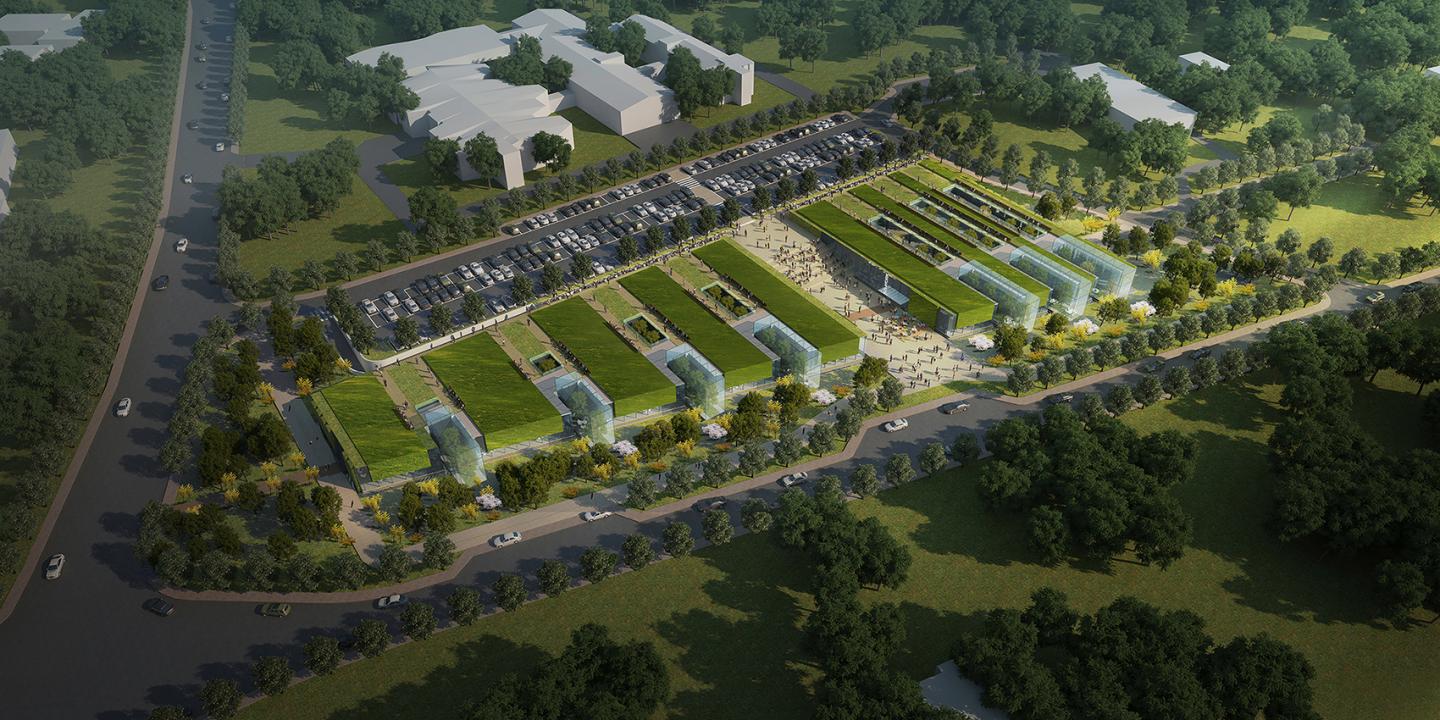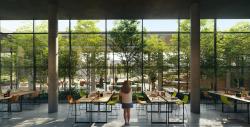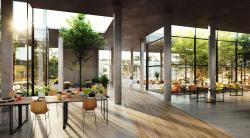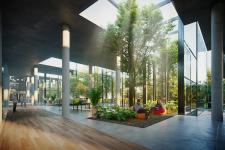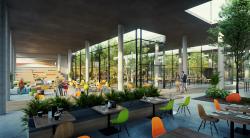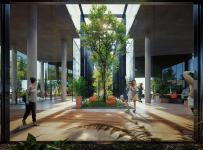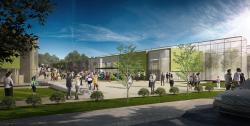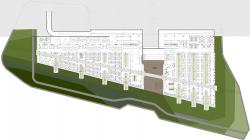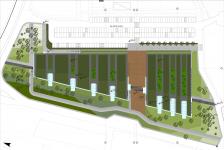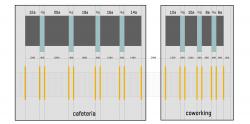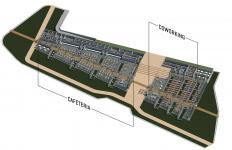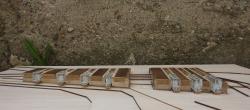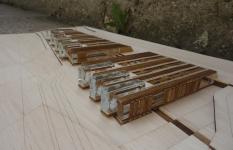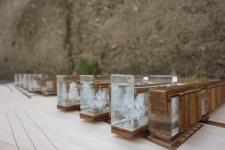The project is a cafeteria and co-working space which is designed for Middle East Technical University within the large campus area in Ankara, Turkey. The purpose is to create a high-quality platform for the possibility of interaction, collective and collaborative working amongst the students and academicians. Given that the site location of the project is in close proximity to the research development areas of the university, the building is imagined to become an incubator and support the activities of researchers. By working for 24 hours, the co-working space offers a different ground for the campus rather than another institution. The primary design issues stem from the wish to integrate nature into architecture through passive and active systems and variety of architectural elements.
The cafeteria and co-working space form as two separate volumes in order to achieve highly functional areas for the particular purposes of each. The volumes are separated by a plaza which defines the entrances of the two buildings, creates a connection between different levels of the site in which research development areas and Faculty of Business Administration locate. With appropriate dimensions it turns into a plaza that can accommodate variety of events.
The idea of integrating nature represents itself architecturally in the form of greenhouses and courtyards that penetrate into the two volumes and blurs the distinction between inside and outside. As one of the most important aspects of the project, these transparent boxes allow as much natural light as possible in, aiming to illuminate all the workspaces instead of illuminating the ones next to the windows and leaving the rest for artificial lighting. Furthermore, the use of green provides pleasant eat and work environments and at the same time enables the reach of an infiltrated sunlight. Transparency in the horizontal direction enables a continuous visual relationship, unites the masses in a way despite their physical separation.
The skala of the different co-working and cafeteria locations arise through a rhythm. The ever-growing rhythm adapts to the ground dimensions and these dimensions are defined by locating the greenhouses and courtyards. The variety in dimensions of the working spaces enables the opportunity of individual working and co-working varying from single, duo, trio and quatro working environments to flexible working environments which works together with a cafeteria.
A pedestrian path which runs through the volumes diagonally by taking references from the surrounding streets is introduced; so that the physical relationship with the site is enhanced. The path also differentiates greenhouses and courtyards, and each gains different qualities while offering use for co-working and cafeteria purposes. Moreover, service areas are designed as linear compact masses and attached to the northern side of the buildings, not disturbing the main spaces and hindering the sunlight.
One of the most important aspects of the project is to achieve a Zero Energy Building. For that purpose, variety of sustainable building systems are incorporated into the project such as solar panels, energy efficient lighting and geothermal heat pumps in which the constant temperature of the earth is used for heating and cooling purposes.
2018
0000
Kerem Yazgan
Begüm Yazgan
Aslı Saraçoğlu
Aylin Köse
Türker Kavaker
MIDDLE EAST TECHNICAL UNIVERSITY CO-WORKING & CAFETERIA by Yazgan Design Architecture in Turkey won the WA Award Cycle 28. Please find below the WA Award poster for this project.
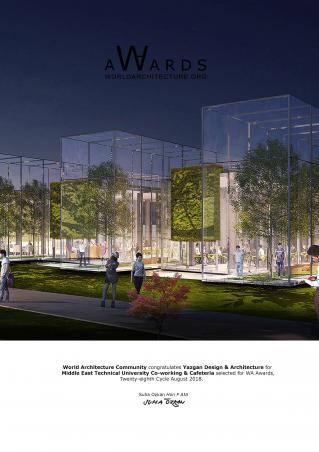
Downloaded 29 times.
